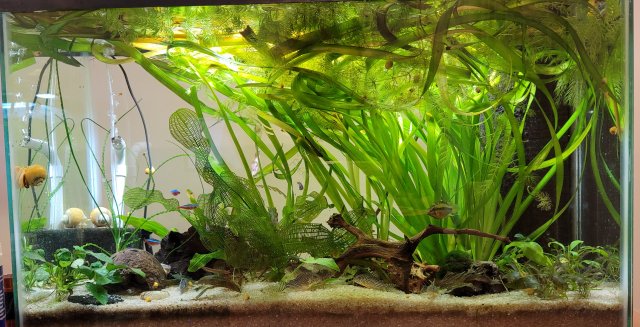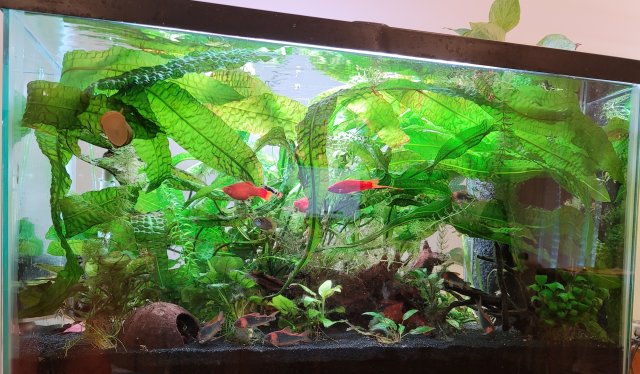I have kept planted tanks for almost 20 years. I played around with only two products for the substrate. Inert Estes Bits of Walnut which is a fine grained gravel and Seachem Flourite. When I used the Estes I also used Laterite in the bottom 1/3 of the substrate. I also only used one Fert. in the substrate- Jobes Lush Fern and Palm spikes which cab be cut to any size.
I grew any plants I wanted and the all thrived with one exception. I did one pressurized CO2 added tank. Everything grew great there from the moment it was planted. However, once the tank was stocked it became very difficult to add some smaller type plants which took time to root. The BN pleco or clown loaches or other fish that often eat of the bottom would dislodge them before the plants could develop sufficient roots to stay in the substrate.
I have used liquid ferts in the water in all my planted tanks from day one as well. I only fertilize weekly after the water change. The Jobes get replenished at about 3 month intervals.
I love mulm- it is the best fert. there is, imo. However, mulm takes time to develop and the fancy plant substrate will work a bit faster.
Finally, I ramped up the number of tanks I kept pretty fast. That high tech tank too a lot of weekly work and after about 10 years I gave it up. I sold the CO2 system and converted the tank to other uses.
Today. all my planted tanks are low tech and they still thrive. I have a 150 for my clown loaches and redline barb where the anubias are regularly breaking the surface. I have refused, and still do, to spend my money of any of the fancy and (IMO) overpriced plant supplies. My only weakness in this respect Is that I have used mostly Tropica's fertilizers. I do have some of the single fert. liquids from SeaChem for my larger planted tanks but they get used slowly.
Here is the real truth about all of this stuff. There are many ways one can go and succeed. I do what has worked for me based on trial and error early on and the using what works in my tanks and tap water as well as all the other factors. Everybody has to find their own "sweet spot" because the is simply no one single way that is either the best or the only way to go.
Your plants will let you know if your are doing right by them because they will thrive. If they don't, then you have not found the right way yet.







